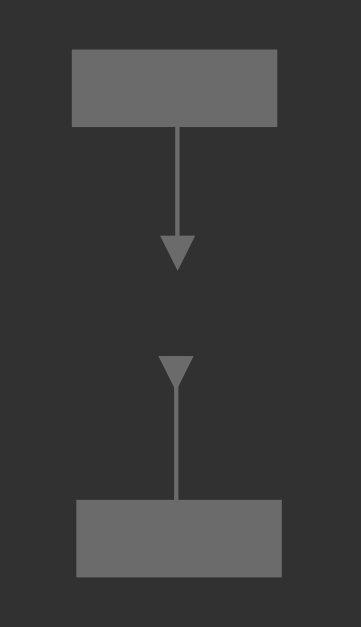Posted this on Github too, but thought it may be better placed here for discussion:
This is a very interesting topic that plagues every node system:
On one hand, having the links helps a lot with making clear what goes where and what is what - in a way it’s the main point of a visual language, on the other hand, the links themselves get in the way fast, and creating elaborate layouts with them is a pain to maintain.
One idea I had in the past was, to have a kind of a 2.5-D canvas metaphor, where you can put longer cables/links “in the background” (under the floor, in the wall if you want an image), but make them more prominent with a shortcut. So a kind of “depth” so to say, that still allows you instantly to see where things go.
I always imagined the links to look a bit like holes (bigger empty circles) with the link going into them halfways to suggest the “underground” nature of them, similar to TobyKs screenshots above.
Or they could be triangles (wich is unused as a symbol in VVVV ATM AFAIK) and could be pointing “outwards” for the “inputs” and “inwards” for the “outputs” like this:

One thing some virtual patching environments use in a musical context is, to make the links fully visible at the ends but fade the center out to something rather subtle when they are longer than a certain threshold. That does not solve the issue completely, but makes it at least less prominent and much easier to ignore.
Another solution I saw in such environments is to only make the links connected to currently selected nodes fully opaque or highlight them in a specific style to make them stand out.
I personally think that having a way to make visible where things go is important, since like with the current pads, it can be hard to track down where stuff goes otherwise or it needs a search, which is pretty disconnected and awkward/non-visual for an explicitly visual language.
Then you are back to variables in code and lose the instant visual flow…!
This could also do away with having to name them, which in itself can become a pain when you have many of them.
Cheers,
Tom



